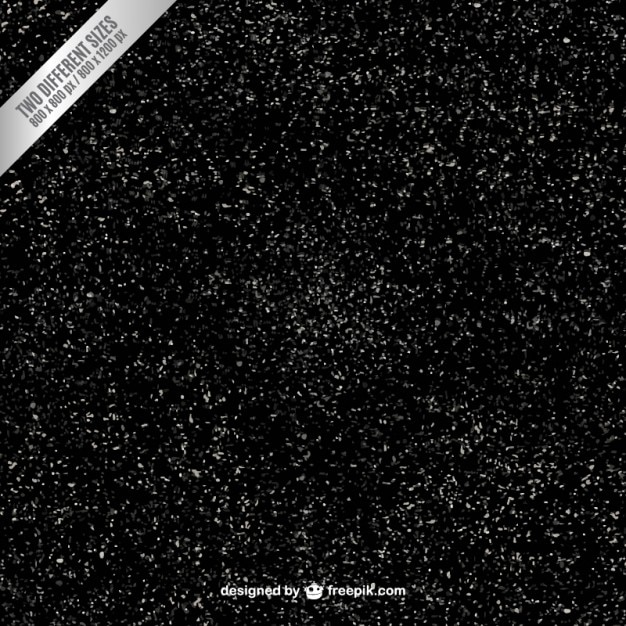

Because Xerox printers can count pages properly, CIT has phased out non-Xerox printers in its labs. "If a printer miscounts pages, students get charged more than they should," he said.

This saved more than 239,000 sheets of paper.Īnother issue that has engaged Cochran is page counting. Since CIT started accumulating statistics in November 2006, approximately 19 percent of all print jobs, and approximately 29 percent of all pages, were duplex printed. Net-Print's duplex printing service began in April 2005, and to date 72 of Net-Print's 157 printers have duplex capabilities. But this case has been singular in its success, because it was the combination of our speaking up coinciding with the technology coming of age."

"As part of a student activist group, it's hard to implement change. "It was apparent when we met Rick Cochran that he'd been working on this issue for a long time," said Simeone. The technical aspect of duplex printing had haunted Cochran since he started working on Net-Print in 1998. The Duplex Working Group brought together Cochran and others from CIT Janet McCue, director of Mann Library, and additional library staff and students affiliated with SNRC. "We spent a long time acting as the voice of student discontent before realizing there could be an avenue for action and implementation by teaming up with members of the Cornell community," said Simeone. How could Cornell hang the flag for sustainability, wondered Simeone, with only three duplex printers on campus? It was one of the few double-sided printers on campus. SNRC member John Simeone '07, a student in development sociology and natural resources, became aware of printing duplex from his early days using a Vendacard printer in Mann Library. Then came the issue of duplex, or double-sided printing. Using 100 percent recycled paper was about 3.5 percent more expensive. The switch from 30 percent recycled paper to 100 percent recycled paper in CIT labs took place in 2002 in cooperation with the "Tree-free Paper" initiative led by the student activist group Society for Natural Resources Conservation (SNRC). In 2006, 1.4 million watermarks were printed instead of 1.4 million banner pages, which saved approximately 120 trees. Now, simple watermarks denoting the owner's Net ID and job name are printed along the edge of the first page in each print job. Originally, a banner sheet preceded each print job. In 1998, complaints from an environmentally aware students led to another major printing change in Cornell's computer labs: replacing banner, or cover, pages with watermarks.

"With Net-Print, we have the rare opportunity to be both environmentally conscious and economically efficient." "If students weren't charged for printing, they would be charged indirectly -probably more so because they would be paying for other people's bad printing habits," said Net-Print specialist Rick Cochran. Environmentally speaking, that saved about 2,200 trees last year. If you don't charge for printing, people will print just about anything.Ĭase in point: in 2006, Net-Print, a laser printing service offered by Cornell Information Technologies(CIT), printed approximately 9 million pages, which was about 27 million pages fewer than would have been printed if Cornell did not charge for printing (estimated using comparative statistics from another Ivy League university that doesn't charge for printing).
WHITE SPECKS ON YOUR FINAL PRINT PHOTOGRAPHY SERIES
It was a bold move, and it was the first in a series of initiatives to conserve environmental resources. Eleven years ago, Cornell became one of the first campuses in the United States to charge students for printing in its computer labs.


 0 kommentar(er)
0 kommentar(er)
